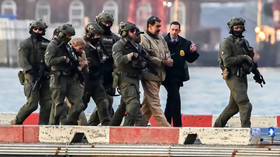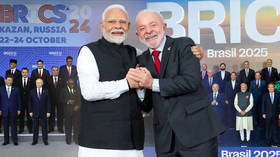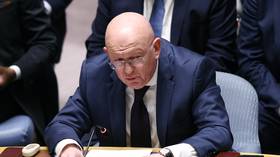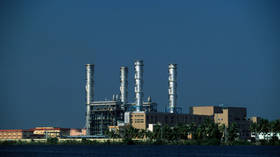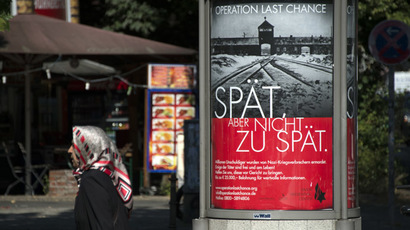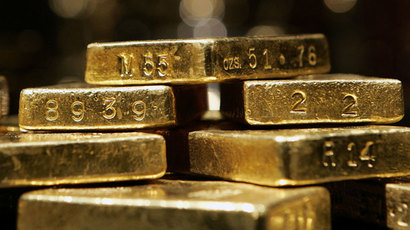Nuremberg to spend €70 million on re-building Nazi rally grounds
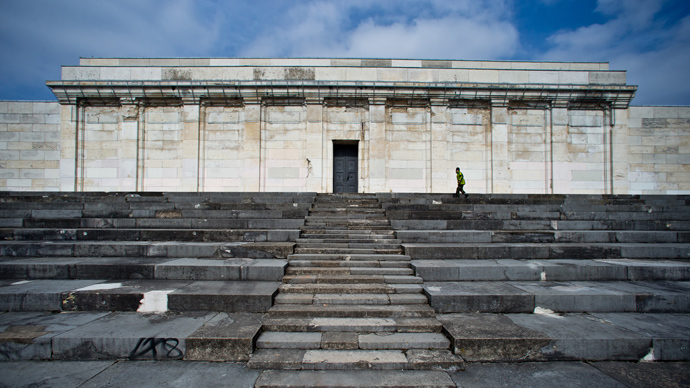
Nuremberg plans to spend up to 70 million euro restoring the sprawling complex used by Adolf Hitler for his mass rallies, as debate continues in Germany over what to do with Nazi-era architecture.
“This is a job of national importance, we cannot take it on alone,” said Ulrich Maly, the Social Democrat mayor of the Bavarian city, who added he would ask for federal funds to complete the project.
A survey of the Nazi rally complex, which originally occupied 11 square kilometers (6 square miles), is set to be completed in the coming months, with a final estimate to be produced early next year.
The complex, whose grandeur and style were inspired by classical
Roman architecture, served as the site for the ritualistic Nazi
party rallies between 1933 and 1938. Constructed by ‘Hitler’s
favorite architect’ and Nazi minister Albert Speer, it formed the
backdrop to the synchronized marching and showmanship captured in
Leni Riefenstahl’s propaganda film 'Triumph of the Will'.
Large parts of Speer’s intended complex, such as the world’s
biggest stadium, were never completed after the outbreak of World
War II, however, and much of the architecture was defaced by
advancing Allied soldiers at the end of the war. Nonetheless, the
iconic Zeppelin grandstand – a 360 meter-wide construction, from
which Hitler addressed hundreds of thousands of his followers
during the climactic moments of the rallies as spotlights behind
him shone into the night sky – survives intact.
Underneath the main tribune is the Golden Hall, a mosaic-covered,
windowless chamber that the Fuhrer used for his private meetings.

The city of Nuremberg has been understandably apprehensive about what to do with the historically important and architecturally impressive grounds, due to their reviled Nazi legacy.
In the decades after the war, much of the complex was demolished
(some to make room for housing). The Zeppelin field itself was
used as a football field for an American school, a racetrack and
an audience space for a rock festival.
But further demolition is not possible, as the complex has now
been granted protected status.
Doing nothing is also not an option.
Rainwater has seeped through the Zeppelin building and damaged
the interior. Any further deterioration will force the local
government to seal off the huge area for safety reasons.
But spending tens of millions on rebuilding a now-purposeless
Nazi-era arena and other buildings amid a prolonged economic
crisis is politically controversial.
Maly has been careful to avoid the word “restoration,” and he
said the city will not be looking to return the buildings to
their former state.
"This is not about beautification. We will not be looking for
original-style sandstone,” Maly was quoted as saying by
Süddeutsche Zeitung.
Instead, the complex will likely become a preserved memorial, like the Auschwitz death camp in Poland.
200,000 people – most of them from abroad – already visit the
site annually, and the number could rise further. Maly says that
visitors will be able to spend more than 10 hours at the grounds,
which include a historical museum containing archive materials
from the Nazi era.


